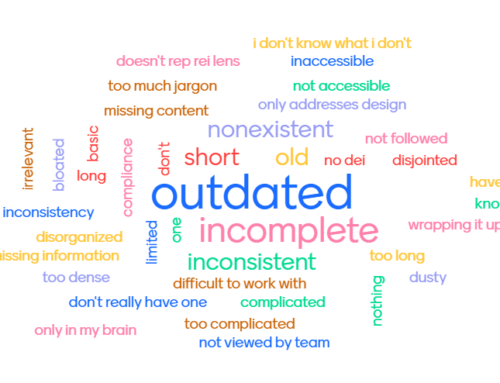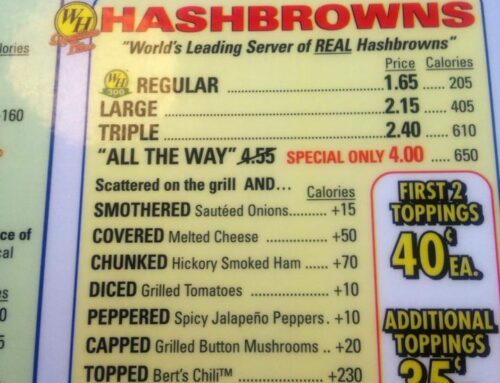 |
Maybe not, if you believe what Jakob Nielsen says about writing styles for print versus the web.
Neilsen (whose Alertbox e-newsletter is a must-read) writes:
In print, you can spice up linear narrative with anecdotes and individual examples that support a storytelling approach to exposition. On the Web, such content often feels like filler; it slows down users and stands in the way of their getting to the point.
Web content must be brief and get to the point quickly, because users are likely to be on a specific mission. In many cases, they’ve pulled up the page through search. Web users want actionable content; they don’t want to fritter away their time on (otherwise enjoyable) stories that are tangential to their current goals.
Instead of a predefined narrative, websites must support the user’s personal story by condensing and combining vast stores of information into something that specifically meets the user’s immediate needs. Thus, instead of an author-driven narrative, Web content becomes a user-driven narrative.
In my webinars and workshops on nonprofit websites, I talk about organizing your site around the answers to the top three questions visitors will have and the top three actions they’ll want to take. But in that same course, I also talk about the importance of telling stories on your homepage as a way to give people solid examples of exactly what it is you do.
So if we believe what Nielsen says (and I almost always do), how can good online writing and storytelling co-exist?
I believe the answer is through good page layout. Instead of throwing a story into the middle of an article that is otherwise very how-to oriented or full of bullets, put that story in its own column or box. Let the story support the fact-based article and vice versa, but don’t meld them into one.
What do you think? How do you blend the web user’s need for speed with emotional storytelling? Leave a comment to add your perspective.






